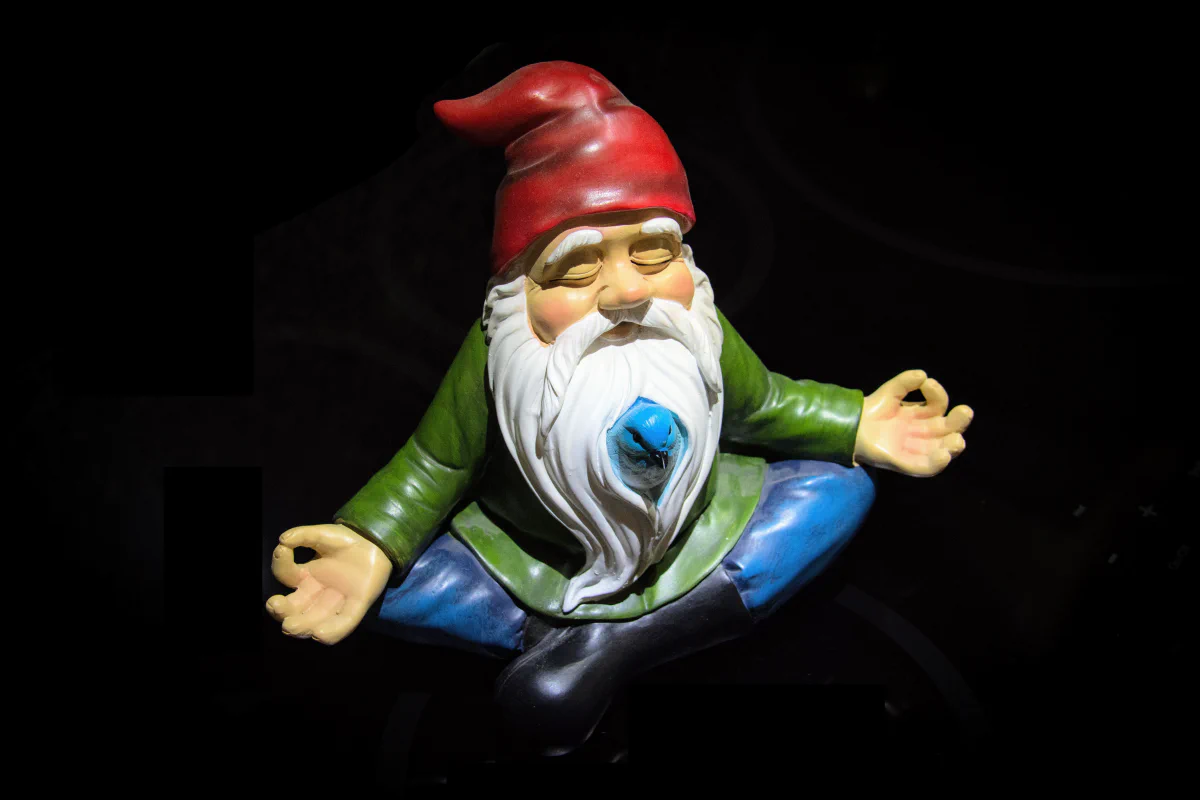Routines
DRAFT POST

For most of my life, I resisted routines. They felt like constraints—unnatural limits that would dull my creativity and flatten my experience of the world. As a kid, I would take a different route home from school every day for the sheer joy of novelty. As an adult, I still love finding new ways to navigate my city or approach a problem at work.
But with time and the experience of working with hundreds of teams as a coach and delivery manager I’ve become more protective of my own energy and the energy of the people around me. I’ve learned that routines aren’t barriers to creativity and innovation. Done well, they’re essential enablers that protect and conserve your ability to innovate and transform.
Good routines act like the rudders and fuel tanks on a rocket: they contain and direct your energy, so you can invest it where it genuinely matters.
What makes routines powerful?
Routines give us:
-
Stability - They create predictable anchors in an unpredictable world. This is true for individuals and just as true for teams.
-
Focus - Routines reduce cognitive load. When some parts of life run on autopilot, the mind is free to focus on meaningful decisions and creative work.
-
Efficiency - Teams with simple, reliable routines move faster and waste less energy. They don’t reinvent the wheel with every task.
-
Space for creativity - Ironically, routines create the space for novelty. When you aren’t constantly scrambling, you can experiment where it counts.
Novelty vs. meaningful improvement
I naturally gravitate toward change, especially when I’m the one introducing it. That impulse has made me an effective change agent and delivery manager in large organisations, but it also carries risks.
Change introduced for the sake of novelty—to “shake things up”—is only helpful in chaotic domains where an act-sense-respond behaviour model is suitable. In environments where teams already have some stability and understanding, arbitrary change can be frustrating, confusing, and exhausting. People struggle to understand why it’s happening, and often they don’t want it.
People don’t resist change. They resist meaningless change.
This is why, in change management, the story is just as important as the change itself. Without a compelling vision, change lands as noise.
What should and shouldn’t be routine?
Routines work best when they support essential deterministic, repeatable work, not when they suffocate creativity.
In the spirit of “visualise, standardise, optimise”, I ask myself and my teams:
- How do we do this today?
- What’s working that should stay the same?
- What’s not working that should change?
- Where can a routine help us conserve energy?
- Where do we intentionally want to leave room for experimentation?
When leaders and teams answer these questions openly, they avoid two traps:
- Rigidity — keeping everything stable, even when it no longer serves the mission.
- Chaos — changing too much, too often, draining energy and confusing people.
Success lies in the disciplined middle way.
Team routines
Here are a few common routines that I find helpful with teams:
- Sending week notes
- Doing deployments
- Accepting new work into the system
- Performing OKR check-ins
- Setting OKRs
- Debriefing after meetings with the ROTI framework
- The entire scrum framework is a kind of routine for planning, executing, reviewing, and improving ways of working.
My personal routines
It took a global pandemic for me to realise how deeply I rely on daily routines for stability.
Bookending my day with simple practices helps me sleep better, focus more, and feel more grounded.
- My morning routine
- My evening routine
- Bonus: How I winter
These routines aren’t rigid. They’re supportive scaffolding. They help me navigate my days with more intention and less noise.
Life without routines
When I let my routines slip, things unravel fast:
- late-night doom-scrolling
- racing thoughts
- poor sleep
- waking up frazzled
- distractibility, irritability, reactivity
- self-soothing with more scrolling
- repeating the cycle…
Routines don’t eliminate chaos, but they dramatically reduce avoidable chaos.
What’s your experience?
What routines do you use in your personal life and with your teams to protect your energy and unleash creativity where it matters most?



